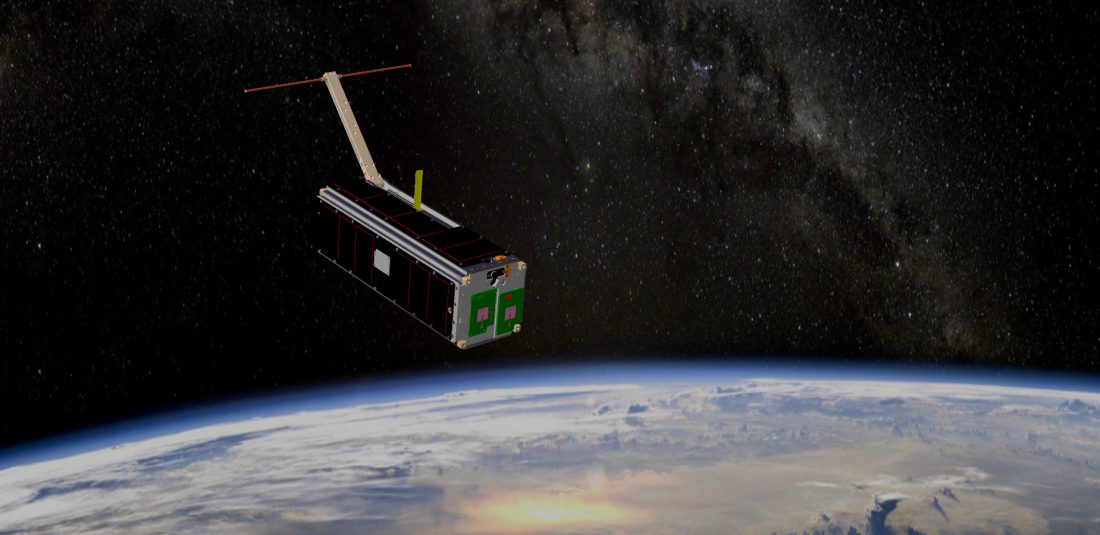
As Australia’s defence establishment moves on from a perception of space capability as simply an adjunct to terrestrial forces, the 2020 defence
strategic update and its companion force structure plan have formally recognised the domain’s importance.
That brings an appreciation that space is now central to modern joint and integrated warfighting and, with growing counter-space challenges from potential adversaries such as China and Russia, it’s a warfighting domain in its own right. It’s not a sanctuary that sits serene and untouched by geopolitical rivalries below.
Boosting our space resilience in the face of increasing challenges is crucial. The force structure plan makes clear that the government wants communications satellites and ground stations under sovereign Australian control. Defence’s
Joint Project 9102 will develop the next-generation Australian defence satellite communications system. The force structure plan highlights the importance of acquiring a sovereign space-based imagery capability under
Defence Project 799, phase 2. It also re-emphasises the need for ‘space domain awareness’ and notes that Australia hosts a US surveillance telescope and C-band radar at Exmouth in Western Australia.
But it goes further than the language of the
2016 white paper, noting that ‘Defence will need capabilities that directly contribute to warfighting outcomes in the space domain using terrestrial and/or space-based systems’. This is an important step, because it shows that Defence accepts that space is contested and is no longer making the assumption that it will always have access to space capabilities.
The plan states that the government intends to develop ‘options to enhance ADF space control through capabilities to counter emerging space threats to Australia’s free use of the space domain and that assure our continued access to space-based intelligence, surveillance and reconnaissance’.
The term ‘space control’ is important. However, Defence is yet to release an unclassified space strategy that defines key terms. The most comprehensive Defence statement on space is Australian Defence Doctrine Publication 3.18, which isn’t released to the public. Without a credible and accessible Defence space strategy, there’s an information vacuum underpinning high-level defence policy on space that needs to be addressed, particularly when terms such as ‘space control’ are used.
ADDP 3.18
talks about space control along similar lines to the US definition, with additional satellite constellations being deployed for defensive purposes as needed, and the use of many smaller, cheaper satellites for general space support.
Also important is an ability to rapidly reconstitute space capability that has been destroyed by and adversary.
So how can we best protect ourselves in space?
A likely approach would be to build resilient multi-mission space capabilities. That’s already a key focus of the
Defence Science and Technology strategy 2030, and it’s one that would open up opportunities for Australia’s vibrant commercial space sector. Investing in a sovereign capability that allows us to augment existing space systems, spread our space support over large numbers of small satellites that are less vulnerable, and invest in rapid reconstitution capability are sensible steps to consider.
There’s
a case for a ‘high–low’ mix, buying high-end satellites from allies, but complementing them with the ‘small, many and cheap’ approach used by commercial systems.
The building of a sovereign satellite capability is already underway. Earth-observation start-up
LatConnect 60 in Western Australia, in collaboration with
York Space Systems, is set to
manufacture a constellation of three satellites that combine radio-frequency sensors and multispectral imaging cameras. The first is to be launched in 2021. The combination of radio-frequency detection and earth imaging would provide rapid intelligence support for both Defence and the private sector.
This example, and other projects underway across the commercial space sector, show that a rapid Space 2.0 approach based on commercial space technology support for government mission requirements can reduce the time it takes to acquire and deploy a credible space capability. The force structure plan suggests acquisition of a sovereign satellite imagery capability from 2020 through to 2040. That’s too slow.
Speed matters, and a slow, government-run acquisition process in the face of rapid development of offensive capabilities by potential adversaries—a space equivalent of the acquisition of the Attack-class submarines—is the wrong approach.
What’s needed is rapid acquisition of low-cost space capability and further investment in small satellite technologies. The LatConnect 60 and York Space Systems collaboration is a good model for Defence to embrace. More capable space technology is coming in increasingly smaller and cheaper packages. With that in mind, the government should talk to Australian commercial space start-ups about JP-9102 and DEF-799 and how they can contribute.
Of course, what’s missing from the strategic update and the force structure plan is responsive space launch. If Australia truly wants a sovereign space capability, it has to be able to replace its satellite systems, especially if it wants to ensure access in a contested space domain.
It can’t do that if it has to wait months for an overseas provider to launch satellites on its behalf. The update and the plan missed the opportunity to embrace that next step.
Had the authors been just a bit bolder, they could have strengthened the commercial sector’s confidence to pursue space access. Having Australian-built satellites launching from Australian launch vehicles on Australian launch sites to rapidly assure space capabilities for the ADF is an obvious next step forward for Defence.
 Print This Post
Print This Post